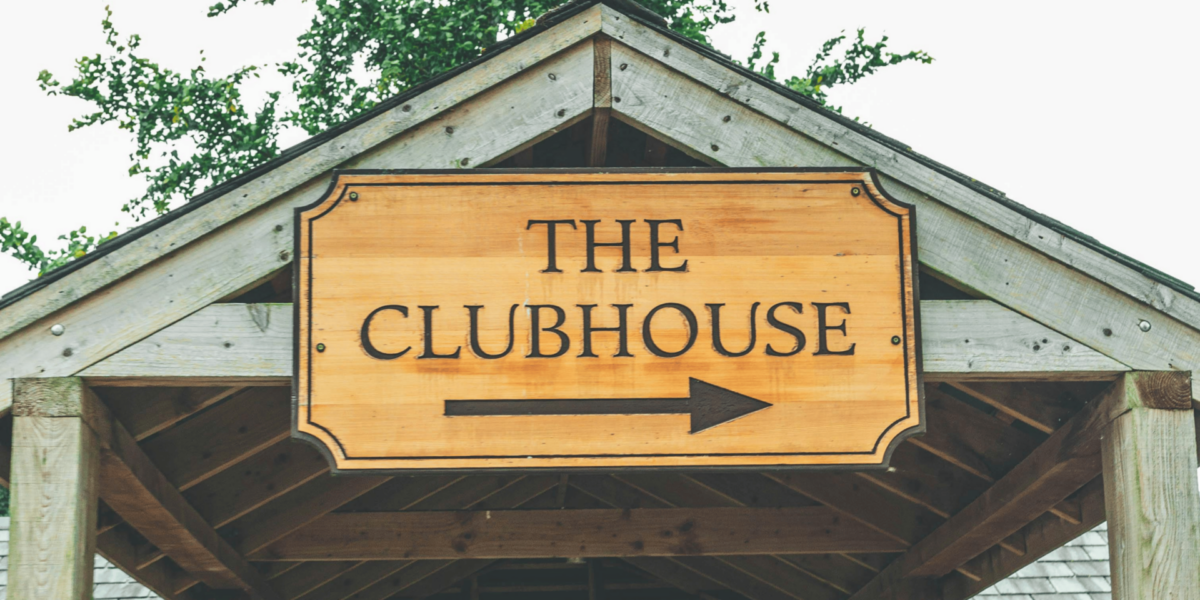The Coastal Environment of County Kerry
Beaufort Golf Club lies in County Kerry, near Ireland’s western edge. Its location means that ocean winds, steady rainfall, and seasonal shifts shape daily conditions on the course. Unlike inland courses with stable weather, Beaufort’s layout responds to the natural rhythm of the Atlantic. This unique setting affects how players approach every hole.
Shifting Winds and Their Impact on Play
Strong, steady winds from the Atlantic pass over the course throughout the year. These winds change direction often, especially between the morning and afternoon. Players quickly learn to adjust their aim and club choice, even within a single round. For example, a drive that works in one direction might fall short just hours later. Golfers who fail to adapt will struggle, as the wind turns every shot into a moving target.
Rainfall Shapes the Ground Conditions
County Kerry sees frequent rainfall, especially during autumn and winter. That moisture doesn’t just collect in puddles; it changes the feel of the fairways, greens, and rough. Soft turf slows down the ball, while drier patches from recent sun can produce uneven bounce. Golfers must watch the weather leading up to their round and expect ground changes after even light showers. The course drains well, but players still feel the softness underfoot after a rainy night.
Humidity and Club Performance
Beaufort’s moist air changes how far the ball travels. On humid days, players may notice shorter distances, especially on long irons and woods. This happens because damp air resists motion more than dry air. Locals adjust for this without thinking, but visitors often misjudge their shots. The difference between a well-struck ball and one that fades too soon can come down to overlooked weather factors.
Cloud Cover and Light Conditions
Low clouds often roll in from the coast, dimming the light across the course. Visibility drops slightly, making it harder to spot flags or judge distance on longer holes. Players must pay closer attention to their surroundings and rely on course markers when the sky turns gray. These light changes also influence how shadows fall on the green, affecting depth perception during putting.
Temperature Swings Throughout the Day
Even in summer, coastal temperatures can swing by several degrees. Morning rounds may start cool, with damp grass and slower greens. By afternoon, warmth can dry the turf, firming up approach shots and speeding up putts. Golfers who understand these changes plan their strategy with care—especially on holes with tight approaches or tricky pin placements.
Course Design Built Around Climate Realities
Beaufort’s layout considers the coastal climate from start to finish. Architects placed fairways and greens with wind and water flow in mind. Some holes offer natural protection from gusts using hills or tree lines, while others expose players to the full force of the elements. The course relies on natural drainage rather than engineered systems, keeping it playable without disrupting the environment.
Greenskeeping That Follows Nature’s Lead
The grounds crew at Beaufort doesn’t fight the weather; they work with it. They adjust mowing height, aeration schedules, and irrigation based on seasonal shifts. After heavy rain, the team inspects low-lying areas and focuses on keeping the playing surface smooth. When the wind picks up, they sometimes move tee boxes to offer better angles or reduce risk on exposed holes.
The Mental Game Under Coastal Pressure
Golfers at Beaufort face more than physical challenges. The climate tests patience and decision-making. One round may begin calm and clear, then shift into windy and wet conditions by the back nine. Players who succeed here stay flexible. They resist the urge to rush and rethink their plan with each hole. This mental adjustment becomes part of the strategy, not just an afterthought.
A Course That Changes With the Weather
No two rounds at Beaufort Golf Club feel the same. Coastal weather ensures constant variation in wind, ground, and air conditions. Players who return often must relearn the course each time. This ever-changing environment rewards observation, preparation, and adaptability. That challenge is what makes Beaufort more than a scenic course—it’s a place where nature becomes part of the game.









